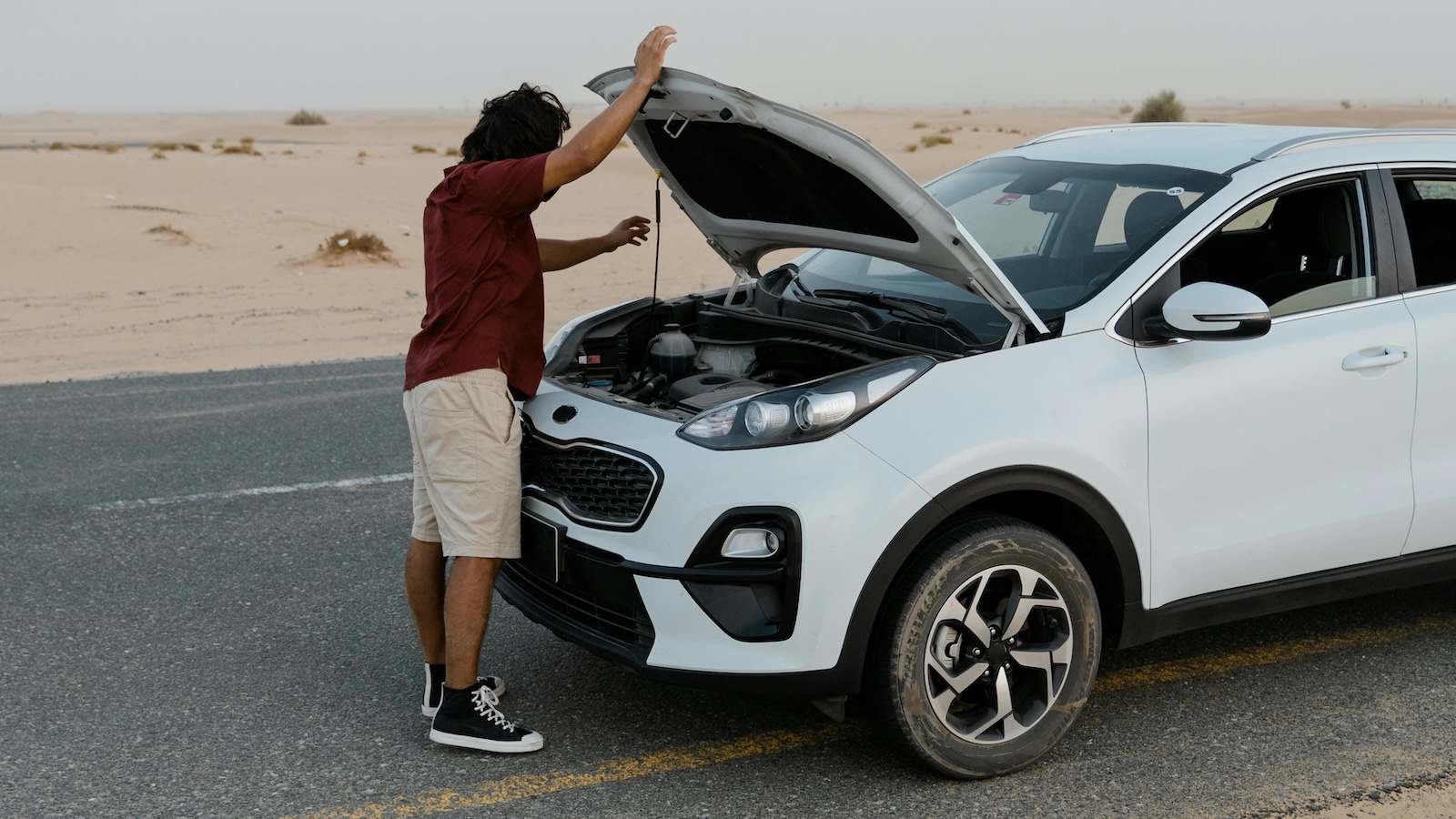Electric vehicles just might be the next ticking time bomb threatening to blow up the loss ratios of incumbent insurers. Today, their overall impact on premiums and loss ratios is masked because EVs are a small slice of the overall pie, representing only about 6% of new vehicles sold in the U.S. in 2021. But, with this number doubling every year for the past three years, we could be seeing the beginning of an exponential adoption curve. With government incentives piling up, consumer demand growing and global production capacity increasing – it seems to be a matter of when, not if, for EVs. But recent industry research points to significantly higher collision repair costs for EVs, when compared with gas vehicles.
EVs will continue to have a growing impact on those who do not understand and plan for the insurance implications. Look at California, where insurers are already having a difficult time achieving price adequacy. It just so happens to be the largest auto insurance market in the U.S., and it has the highest concentration of EVs in the U.S.
The impact of EVs today can be felt across many different areas of the insurance value chains – EVs change the nature of the risk in ways that actuaries do not fully understand yet. Their performance capabilities are unmatched, they weigh more, they produce more data, they have more advanced driver assistance features, their drivelines are less complex but contain more expensive parts, they are made in smaller production runs often by small startup companies, they have features that haven’t existed in vehicles before, there aren’t enough parts or qualified labor to maintain or fix them…the list of issues goes on and on.
See also: Auto Claims and Collision Repair: The Great Reset
The typical actuarial approach to address the current severity trends through incremental pricing activities might help mitigate losses in the near term but may not be sustainable over the long run. Ignoring this segment by underwriting them out will jeopardize future growth opportunities for the incumbents.
For those who do understand the EV opportunity, it represents a chance to capture a potentially profitable slice of the pie and create sources of value in the future. But profitable EV insurance may require a totally different approach, starting with the initial risk selection and ending with a seamless claims fulfilment process. It could involve engaging owners in new ways through new channels that build brand loyalty over time and, most importantly, create more safer drivers and fewer auto accidents. Embedded usage-based insurance offered by the OEMs is one way to capture this opportunity.
What would it look like if OEMs were able to capture the best 20% to 30% of risks in the market? Because EVs create more data than their gas counterparts, OEMs are well positioned to use this data to more accurately identify safe drivers – potentially even starting with the initial test drive. They can offer branded insurance at the time of sale as a way to lower the overall cost of ownership and build loyalty. It doesn’t end at the dealership - OEMs will have continuing access to data about how the vehicle is being used that can accurately identify better risks. For those customers who do not opt in at the time of sale, or for the growing market of used EVs entering the used car market, OEMs will have exclusive access and control of an interesting new distribution channel – the infotainment systems built into the cars - in addition to creating a hyper-personalized insurance offer that can be sent through traditional channels.
OEMs may have a lower-cost distribution channel and an efficient way to capture the most profitable new customers. And the key thing about this model – it repels the bad risks. Just look through the Reddit forums that are filled with aggressive drivers who appreciate the fact that Tesla doesn’t share their safety score with their insurer. It is an interesting new dynamic where some OEMs know more about the driving risks than the companies that insure them.
When it comes to usage-based insurance, EV OEMs may have the secret ingredient to enable a more attractive value proposition for the customer. Rather than having your every move tracked via location services on a smartphone app, or being scored every time you accelerate or brake harshly, imagine your insurance was priced based on the kilowatt-hour of electricity used? The drivers who choose to drive aggressively in Ludacris mode will use more electricity and have higher premiums. The drivers who minimize their electricity usage and drive in Eco mode will be earning lower premiums.
OEM insurance might also help address another major problem that EV manufacturers are facing. The cost to build EVs is significantly more per vehicle than the cost to build a gas version. This issue has been largely hidden by the fact that EV manufacturers have focused on building more expensive, higher-margin luxury models. But for widespread adoption to occur, manufacturers will need to begin building more affordable models that appeal to more of the U.S. population. That means they will need to search out other revenue opportunities to make up the difference. Rather than creating monthly subscription fees to use their heated seats, insurance premiums could become a way to drive recurring annual revenue.
With the advanced safety features and driverless technologies that exist in most of the EVs on the market, manufacturers will be required to cover the risks of failure among these systems. Insuring the driver along with the on-board technology is an obvious next step, especially as the risk from the driver is mitigated through use of the technology. There would be fewer liability disputes to figure out whether the driver, or the car, was at fault after an accident. This change should result in fewer subrogation suits and therefore lower operating costs. In addition, as these features continue to improve and have a meaningful impact on reducing accidents, the OEM insurers would be best-positioned to benefit from the savings.
The final piece of the puzzle is integrating the supply chain after an accident. An important assumption is that additional services like insurance will help to create more loyal customers, who would be more willing to have their cars repaired at OEM shops – as customer choice after an accident will always be important. Starting with immediate notification of an accident through real-time access to car sensor data, OEMs can streamline the process from the outset. The car could be towed to the right shop, and loaner vehicles could be dispatched directly to the accident scene. Having direct access to on-board cameras and other telemetry data would enable the OEM to instantly determine fault and avoid a prolonged and costly investigation, further reducing operating costs and allowing them to capitalize on subrogation or contributory negligence opportunities that are often missed today.
OEMs will have the power to control severity after an accident, far more than any incumbent insurer ever dreamed of. The appraisal process as we currently know it may not need to exist. With OEMs having their own networks of dealerships and repair shops, and mechanics and body workers on their payrolls, there will be fewer incentives to inflate the cost of repairs. OEMs can ensure their parts inventories are funneled to their insured vehicles to further shorten repair times and reduce costs.
When the OEMs have incentives to make a vehicle that is less expensive to repair after an accident, we could see an endless amount of innovations in the way vehicles are designed and built -- not just moving expensive sensors from behind the front bumper covers but creating entirely new approaches such as snap-on body panels and easily swappable motors, battery packs or even entire chassis.
Cars are designed to attract a certain type of buyer. The future might involve designing cars that are not only safer and easier to repair but that are ultimately more attractive to lower-risk drivers. When the OEMs use their data to create a more sophisticated understanding of the ideal insurance customer, they can better design vehicles to attract just those customers. This could create a cycle of efficiencies and savings that would be very valuable in the grand scheme of auto insurance.
Bottom line is that as EVs emerge and become a larger part of the fleet, we may need to rethink the current insurance model. We are already seeing some interesting moves emerging that address certain parts of this equation. Will these be effective at driving the change needed to support the growing challenges? Or will an entirely new type of insurance model be required?






